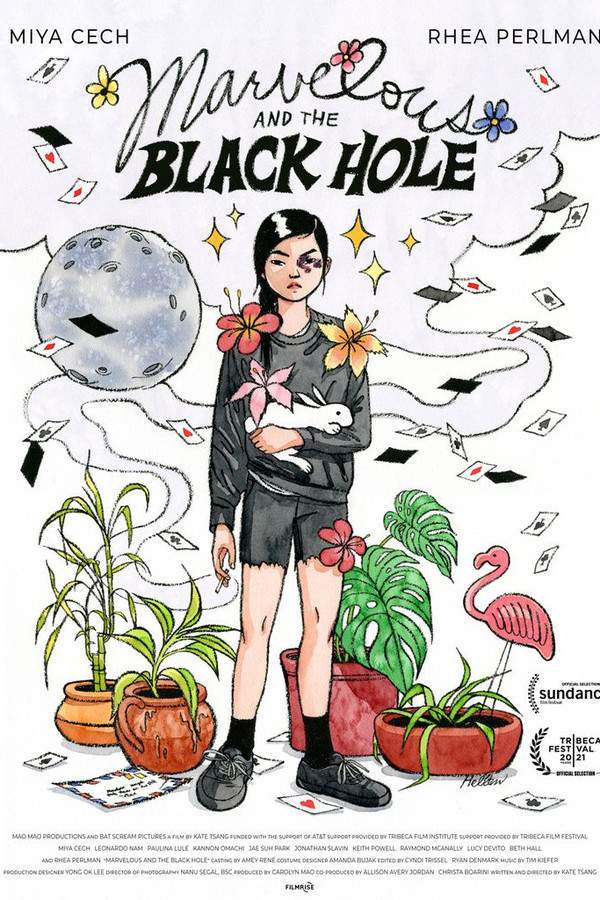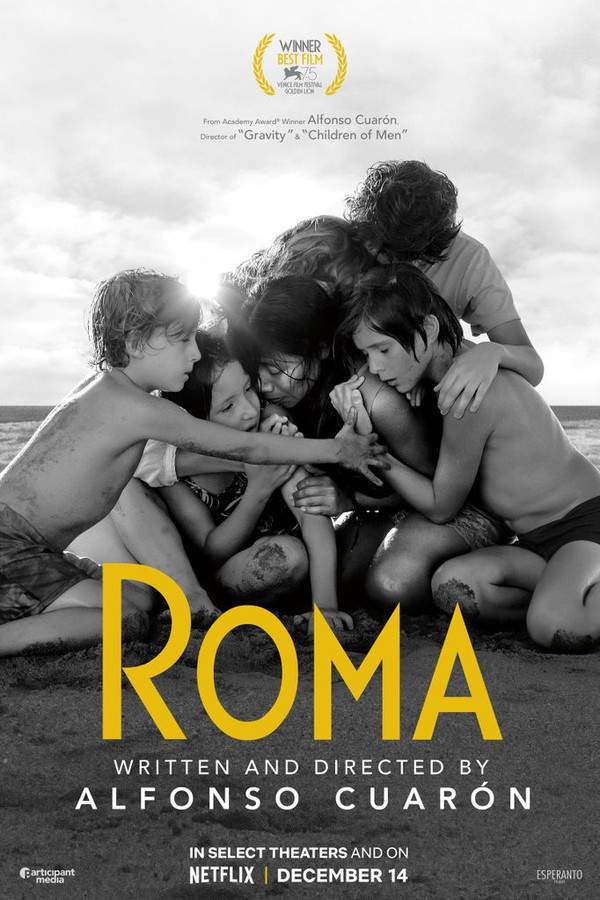What's After the Blog?
Streaming • Film Industry
The Rise of Streaming Services: Impact on the Film Industry
Explore the transformative impact of streaming services on the film industry, from changing viewing habits to reshaping film production and distribution.
March 16, 2024

Movies mentioned in this article
The Rise of Streaming Services: Impact on the Film Industry
Introduction
Welcome to the latest exploration on What’s After the Movie (ATM), where we delve into the transformative rise of streaming services and their profound impact on the film industry. Streaming platforms, once a peripheral segment of the entertainment sector, have now become central to how we consume movies and television shows. In this post, we will navigate through the journey of these streaming giants from their humble beginnings to their current status as major players in the film industry. We’ll explore how their emergence has reshaped film distribution, production, and the very nature of cinematic storytelling.
The Emergence of Streaming Platforms
Early Days of Streaming
The inception of streaming platforms can be traced back to the early 2000s, with companies like Netflix transitioning from DVD rental services to offering online streaming. This shift marked the beginning of a new era in film and television consumption. Initially, these platforms supplemented traditional media, offering viewers a chance to catch up on missed TV episodes or revisit classic movies. However, as internet speeds increased and technology advanced, streaming began to change the very fabric of media consumption. Key players in the streaming market have since emerged, each bringing their own unique approach to the industry. Netflix, with its vast library and original content like Stranger Things and The Crown, revolutionized the idea of binge-watching. Amazon Prime Video, through its integration with e-commerce and originals like The Marvelous Mrs. Maisel, offered a different flavor. Disney+, entering the fray more recently, capitalized on its extensive library of classics and new hits like The Mandalorian, attracting a vast family-oriented audience. Each platform has contributed to a diverse streaming landscape, altering the way stories are told and consumed.
As streaming services have grown, they’ve also begun to impact traditional film viewing methods. They’ve changed how movies are released, who gets to make them, and how they’re watched, leading to a democratization of film production and a shift in audience expectations. This evolution has opened up a new world of possibilities for both filmmakers and viewers alike, shaping a new future for the film industry.
Impact on Traditional Movie Theaters
The rise of streaming services has posed significant challenges to traditional movie theaters. The Box Office vs. Streaming debate is a complex one. On one hand, box office releases like Avengers: Endgame continue to draw massive crowds, showcasing the enduring appeal of the cinema experience. On the other hand, the convenience and accessibility of streaming platforms have led many to opt for at-home viewing. This shift has been accelerated by the global pandemic, which forced many theaters to close and major studios to release films directly on streaming platforms, as seen with Warner Bros.’ decision to release its 2021 slate on HBO Max alongside theatrical releases.
The Theater Experience in the Streaming Era remains unique and irreplaceable. Despite the rise of streaming, the allure of the big screen, immersive sound systems, and the communal experience of watching a film with an audience continue to draw people to theaters. Blockbusters like Star Wars: The Rise of Skywalker and high-concept films like Christopher Nolan’s Tenet are designed for the theater experience and underscore the fact that certain films are best enjoyed in a cinema. The question remains: can movie theaters and streaming services coexist and complement each other, or will streaming platforms ultimately lead to the decline of traditional cinemas?
Changing Trends in Film Production and Distribution
Streaming services have profoundly influenced Film Production and Distribution. The traditional Hollywood release model is being challenged, as streaming platforms offer filmmakers more flexibility with release dates and distribution strategies. Films like Martin Scorsese’s The Irishman and Alfonso Cuarón’s Roma, which might have struggled to find funding and distribution through traditional means, have found a home on Netflix, allowing for more creative freedom and reach to a global audience.
The streaming era has also given rise to Global Reach and Local Content. Platforms like Netflix and Amazon Prime are investing in local content for global distribution, allowing for a diverse range of stories and voices to be heard. Series like Money Heist from Spain and Sacred Games from India have found international audiences, showcasing the universal appeal of well-told stories irrespective of their origin. This trend is not only expanding the horizons of viewers but also providing filmmakers from various cultures and backgrounds with a global platform to showcase their work.
In conclusion, the impact of streaming services on film production and distribution is multifaceted, offering both challenges and opportunities. While they have disrupted traditional models, they have also democratized filmmaking, allowing for a broader range of stories to be told and heard.
How Have Streaming Services Affected Film Viewing Habits?
The convenience and accessibility of streaming platforms have significantly changed the way audiences consume films. Viewers now have a vast array of content at their fingertips, leading to changes in viewing habits and preferences. The rise of binge-watching, facilitated by the release of entire seasons at once, as seen with shows like Stranger Things and The Witcher, has become a common phenomenon. This shift has affected not only how viewers watch series but also their expectations for film releases, with many preferring the immediate availability of new movies on platforms like Netflix and Amazon Prime. Additionally, the personalized recommendation algorithms of these platforms have introduced viewers to a wider range of genres and international content, broadening their cinematic horizons.
Streaming services have also impacted the social aspect of watching films. While the communal experience of watching movies in theaters has its charm, streaming platforms offer a different kind of social interaction. Viewers can share recommendations, discuss content on social media, and even watch movies synchronously with friends or family members remotely. This evolution in viewing habits reflects the dynamic nature of how we interact with films in the digital age.
Streaming Services and Film Financing
The rise of streaming platforms has opened new avenues for film financing, significantly impacting the types of films being made and who gets to make them. New Opportunities for Filmmakers have emerged, as streaming services are not only platforms for distribution but also for production and funding. Netflix, Amazon Prime, and others have been investing heavily in original content, providing filmmakers with resources that might not be available through traditional film studios. This shift has led to the production of diverse and daring content, breaking away from the conventional blockbuster model typically favored by major studios. Impact on Indie Films and Documentaries has been particularly noteworthy. Streaming services have become a haven for independent filmmakers and documentarians, offering them a platform to reach wider audiences. Films like The Big Sick and documentaries like Icarus might have had limited theatrical releases, but they found a substantial audience on streaming platforms. This trend is democratizing the film industry, allowing more voices to be heard and stories to be told, which might not fit the traditional Hollywood mold.
In essence, streaming services are reshaping the landscape of film financing and production, creating a more inclusive and diverse environment for filmmakers and audiences alike.
The Future of Streaming and Its Ongoing Impact
The future of streaming services and their impact on the film industry is a dynamic and evolving landscape. Innovations and Trends in Streaming are continually emerging, with platforms exploring new content formats, interactive storytelling, and even virtual reality experiences. For example, Netflix’s experiment with interactive films like Black Mirror: Bandersnatch offers a glimpse into the potential future of personalized storytelling, where viewers have a say in how the story unfolds. Additionally, the rise of mobile-specific content, as seen with platforms like Quibi, indicates a shift towards catering to audiences who consume entertainment on the go.
The Sustainability of the Streaming Model is also a topic of much debate. As the market becomes more saturated with numerous streaming services, questions arise about the viability of so many platforms coexisting. The industry might see a consolidation of services, or a shift towards niche platforms that cater to specific genres or interests. Furthermore, the financial models of these services, reliant on subscriptions and content production, will need to evolve to stay competitive and profitable.
Conclusion
Streaming services have irrevocably changed the landscape of the film industry, from how films are made and distributed to how they are consumed and experienced by audiences. They have democratized content creation, giving a voice to a diverse range of filmmakers and stories that might have otherwise gone unheard. The impact of streaming is far-reaching, affecting not only the film industry but also the cultural fabric of society, as films and series become more accessible to a global audience. As we continue to witness the rise of streaming services, it’s clear that they will remain a significant force in shaping the future of cinema and storytelling.
Invitation to Explore More
As the film industry continues to evolve with the rise of streaming services, there’s much more to explore and discuss. We invite you to delve deeper into this topic and many others related to the ever-changing world of cinema on What’s After the Movie. Join us as we navigate the exciting developments in film and share insights into what these changes mean for filmmakers, audiences, and the future of storytelling.
Continue reading

What's After the Movie?
Not sure whether to stay after the credits? Find out!
Explore Our Movie Platform
New Movie Releases (2025)
Famous Movie Actors
Top Film Production Studios
Movie Plot Summaries & Endings
Major Movie Awards & Winners
Best Concert Films & Music Documentaries
Movie Collections and Curated Lists
© 2025 What's After the Movie. All rights reserved.





















